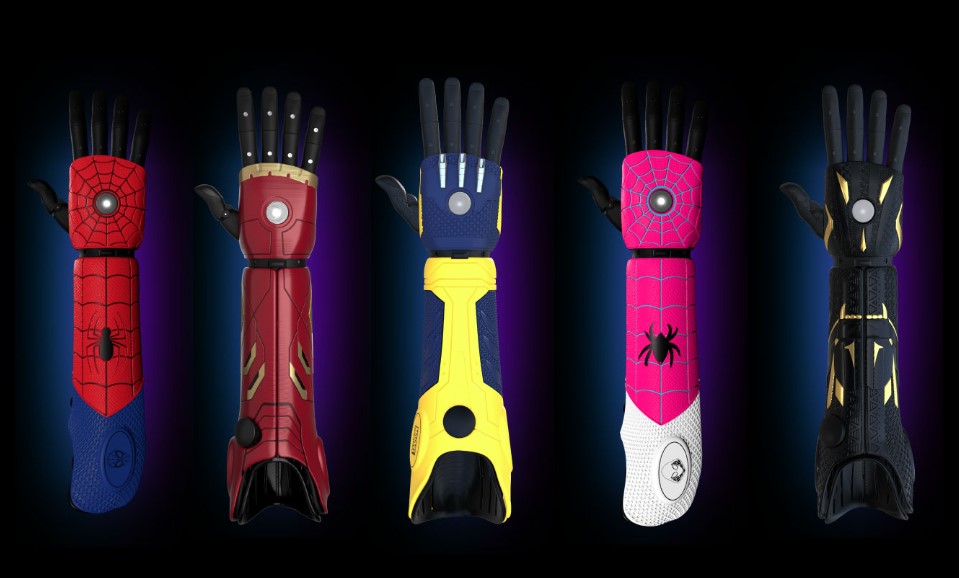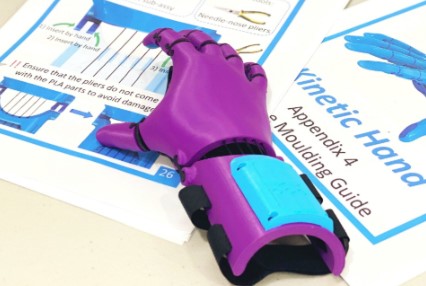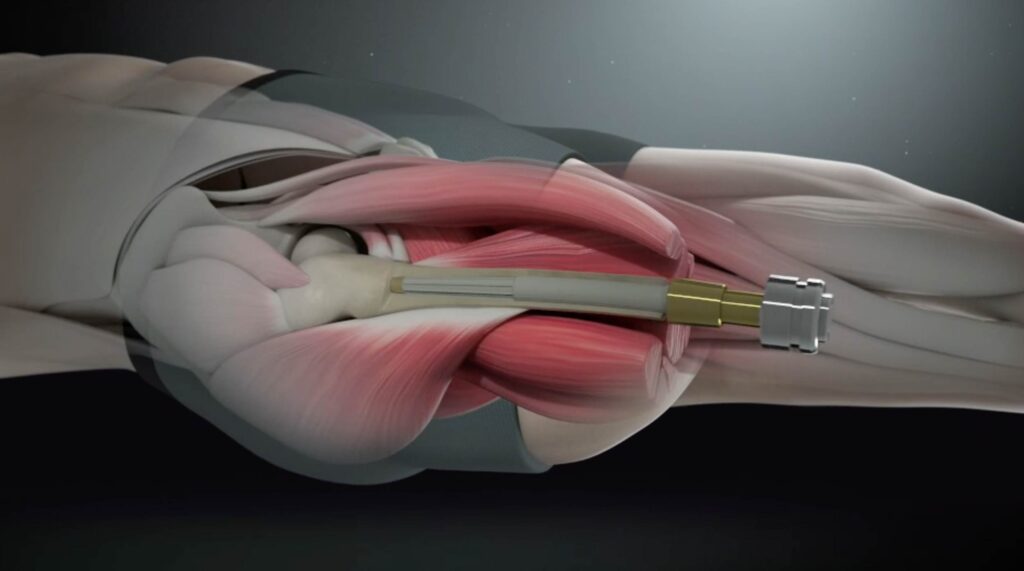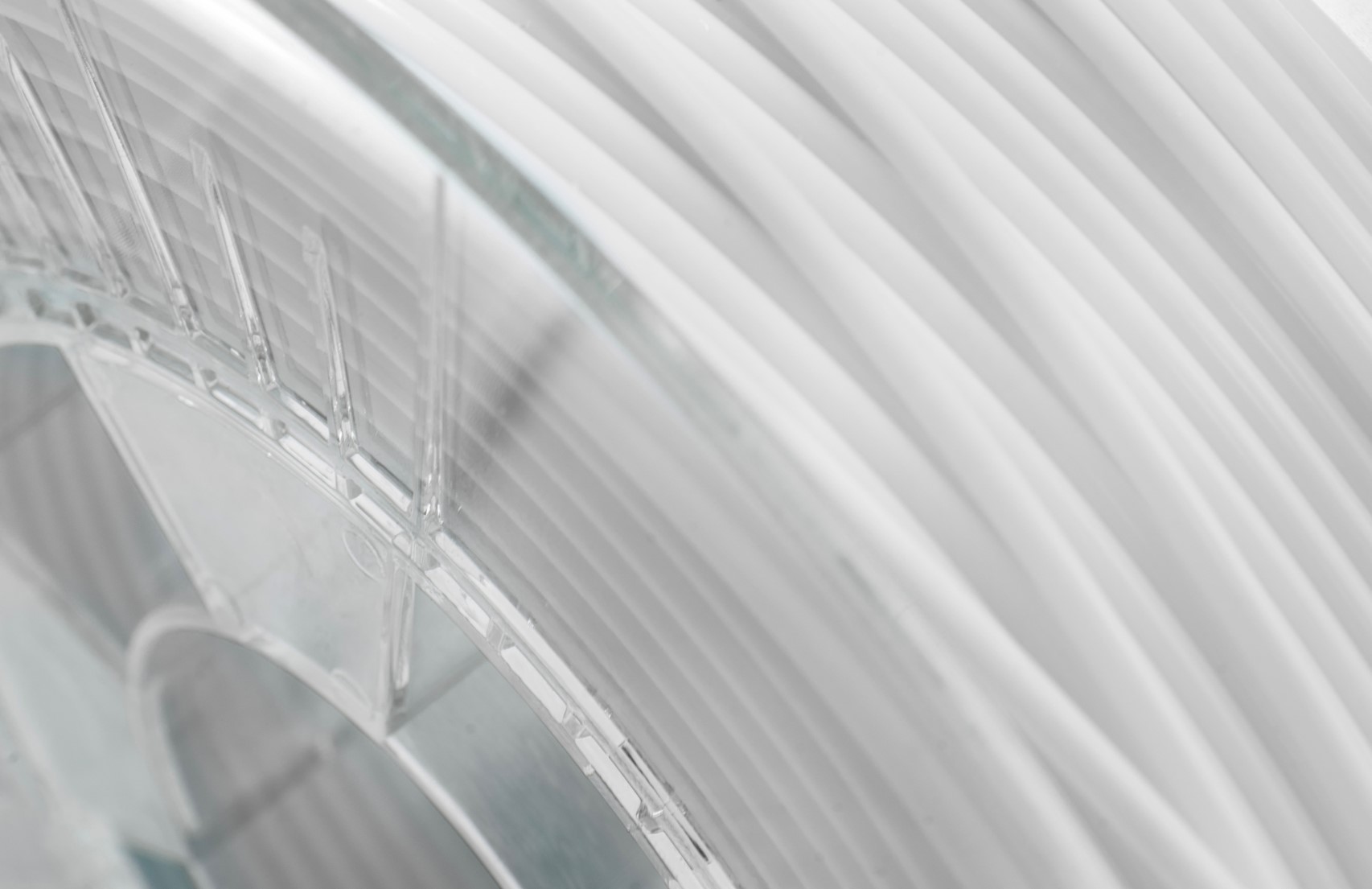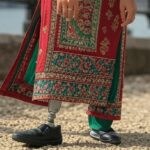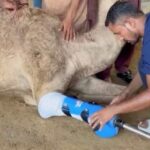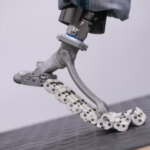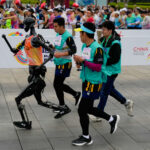Now Reading: Leg-Up: A Revolutionary KAFO Designed to Redefine Mobility and Independence
-
01
Leg-Up: A Revolutionary KAFO Designed to Redefine Mobility and Independence
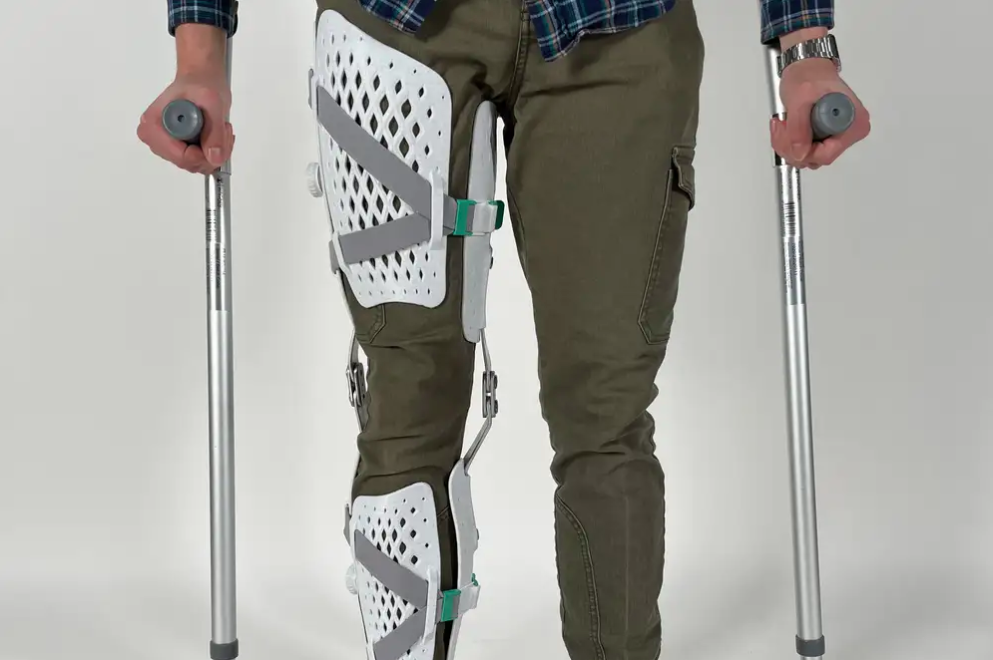
Leg-Up: A Revolutionary KAFO Designed to Redefine Mobility and Independence
For millions of people with lower limb impairments, mobility aids are often a compromise—functional but uncomfortable, medically necessary but stigmatizing, and accessible only to those who can navigate long wait times and high costs. George Philp, a recent industrial design graduate from Toi Rauwhārangi College of Creative Arts (CoCA), is challenging these norms with Leg-Up, a next-generation Knee Ankle Foot Orthosis (KAFO) that blends cutting-edge technology, user-centered design, and social empowerment.
Traditional orthotics have long been viewed through a purely clinical lens—utilitarian, rigid, and often isolating. Leg-Up reimagines the KAFO as something more: a sleek, customizable, and aspirational mobility aid that people would be proud to wear. By leveraging semi-autonomous parametric design and 3D manufacturing, Philp’s invention shifts orthotics away from being mere medical necessities and transforms them into enablers of independence, confidence, and social inclusion.
The inspiration behind Leg-Up stems from a sobering reality: 16% of the global population lives with a significant disability, according to the WHO. Yet, society remains largely designed for the able-bodied, leaving those with mobility impairments facing higher barriers to employment, education, and social participation. Wheelchairs, while life-changing, still restrict access in a world built for standing—public transport, retail counters, and even simple social interactions like hugs become challenges.
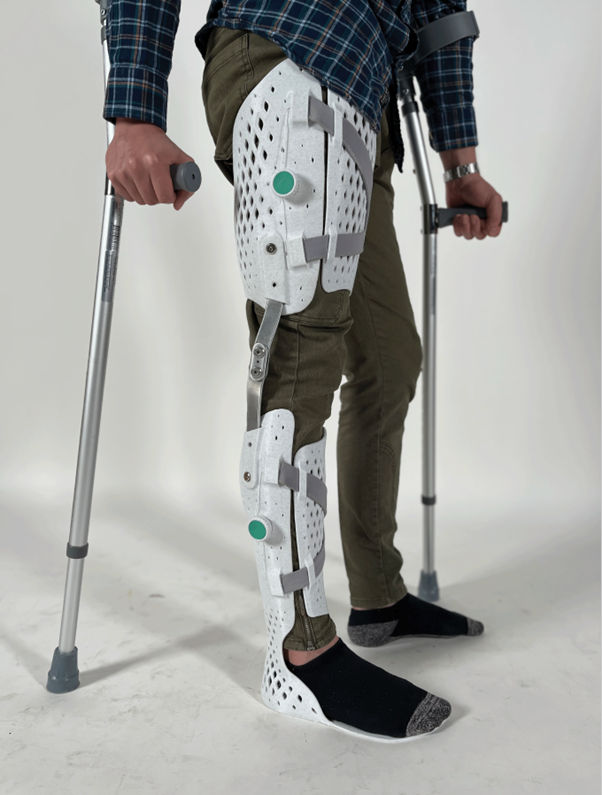
Leg-Up addresses this by restoring the ability to stand and walk naturally, bridging the gap between disability and full participation in everyday life.
Philp’s design tackles the most common pain points of traditional orthotics:
- Discomfort – Poor fit, pressure sores, and lack of breathability.
- Stigma – Clinical, impersonal designs that highlight disability rather than individuality.
- Accessibility – Long wait times, scarce specialist clinics, and high costs.
- Usability – Difficult adjustments, cumbersome straps, and limited mobility.
Leg-Up solves these issues through smart, adaptive technology:
✔ Custom-Fit via Smartphone Scanning – Users can generate a precise 3D leg model using just their phone’s camera, eliminating the need for in-person fittings.
✔ Parametric Design & 3D Printing – The orthotic is digitally tailored to the user’s anatomy and aesthetic preferences, then 3D-printed for rapid production.
✔ Breathable, Lightweight Structure – Perforated panels reduce weight and improve airflow, preventing skin irritation.
✔ One-Handed Adjustability – BOA®-style ratchet buckles allow for easy tightening and loosening, even with limited dexterity.
✔ Modular & Upgradable – Straps and components can be replaced or updated as needs change.
What truly sets Leg-Up apart is its end-to-end accessibility. By decentralizing the fitting process—allowing scans to be done remotely and processed digitally—it dramatically reduces wait times and makes orthotic care available to people in rural or underserved areas.
Philp envisions Leg-Up as more than just a mobility aid—it’s a statement of identity. Just as high-performance ski gear symbolizes athleticism and modernity, Leg-Up is designed to be a tech-savvy, desirable product that users choose, not just tolerate.
With Leg-Up, George Philp isn’t just designing a better orthotic—he’s redefining what assistive technology can be. By merging advanced manufacturing, inclusive design, and user empowerment, this innovation has the potential to transform lives, offering not just mobility, but freedom, dignity, and a place in a standing world.
For more information, contact George Philp at g.jlphilp@gmail.com.
Image courtesy :Leg-Up designed by George Philp. Image credit: Bruno Corban.

